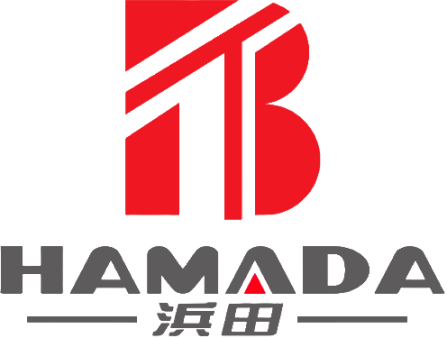What Does a Gearbox Reducer Do?
What Does a Gearbox Reducer Do
In the world of mechanical engineering, efficiency and precision are key to optimizing machinery performance. One of the critical components that help achieve these goals is the gearbox reducer. Commonly found in a wide range of industries, from manufacturing to automotive, a gearbox reducer plays a crucial role in controlling the speed and torque of machinery. But what exactly does a gearbox reducer do?
A gearbox reducer, also known simply as a gear reducer, is a mechanical device designed to reduce the input speed of a motor and increase the output torque. It operates by using a system of gears to transform the energy from a high-speed motor into lower speed while boosting the torque. The result is improved control over machine functions, ensuring that the machinery operates smoothly and efficiently under load.
In simple terms, a gearbox reducer allows a machine to move more powerfully at lower speeds. This is particularly important in applications where high torque is required, such as in conveyors, cranes, or industrial mixers. For instance, in a conveyor system, a high-speed motor may need to be paired with a gearbox reducer to provide enough torque to move heavy materials without overloading the system.
Moreover, gearbox reducers are designed to be highly versatile. They come in various types, including worm gears, bevel gears, and helical gears, each suited for different applications. The choice of gear type depends on factors like the required speed reduction ratio, the level of torque, and the type of load the machinery will bear. By selecting the right gearbox reducer, engineers can ensure that machines run efficiently, reduce energy consumption, and extend the lifespan of components.
In addition to performance, gearbox reducers also contribute to safety. By controlling the speed and torque of equipment, they help prevent mechanical failure, minimize vibrations, and reduce the risk of damage caused by excessive force.
Overall, a gearbox reducer is an essential component that enhances the performance, reliability, and safety of machinery. Whether in industrial production, automotive systems, or robotics, gearbox reducers play an indispensable role in driving efficiency and power control across a wide array of sectors.
 English
English Español
Español Português
Português русский
русский français
français 日本語
日本語 Deutsch
Deutsch Tiếng Việt
Tiếng Việt Italiano
Italiano Nederlands
Nederlands ไทย
ไทย Polski
Polski 한국어
한국어 Svenska
Svenska magyar
magyar Malay
Malay বাংলা
বাংলা Dansk
Dansk Suomi
Suomi हिन्दी
हिन्दी Pilipino
Pilipino Türk
Türk Gaeilge
Gaeilge عربى
عربى Indonesia
Indonesia norsk
norsk اردو
اردو čeština
čeština Ελληνικά
Ελληνικά Українська
Українська Javanese
Javanese فارسی
فارسی தமிழ்
தமிழ் తెలుగు
తెలుగు नेपाली
नेपाली Burmese
Burmese български
български ລາວ
ລາວ Latine
Latine Қазақ
Қазақ Euskal
Euskal Azərbaycan
Azərbaycan slovenský
slovenský Македонски
Македонски Lietuvos
Lietuvos Eesti Keel
Eesti Keel Română
Română Slovenski
Slovenski मराठी
मराठी Српски
Српски
Innovative Practices in Driving the C-Axis of EDM Machines with Harmonic Reducers and Panasonic Motors
In the field of precision machining, the C-axis (rotating axis) technology of EDM machines directly impacts the machining accuracy and surface quality of complex curved parts. In recent years, the combination of harmonic reducers and Panasonic servo motors, with their high precision, high rigidity, and dynamic response, has become an innovative solution for high-end EDM machine C-axis systems.
Read MoreInnovative Applications of HarmonicDrive Actuators in Semiconductor Equipment
As semiconductor process technology evolves towards sub-5nm, equipment places higher demands on the accuracy, reliability, and space utilization of motion control systems. HarmonicDrive, with its integrated harmonic reduction technology and servo motor design, has become a core drive solution for key processes such as CMP (Chemical Mechanical Polishing), wafer transport, and photolithography equipment.
Read MoreDomestic Substitution Case Study: Technological Breakthroughs and Cost Advantages
Harmonic Drive Reducer modules, newly developed by Harmonic Drive, are specifically designed for humanoid robot finger joints. With a compact diameter of just 28mm, they achieve 0.1° repeatability while withstanding 15Nm of peak torque. Their patented flexible wheel material and optimized tooth profile ensure a lifespan exceeding 20,000 hours, meeting the high-frequency grasping demands of robots.
Read More